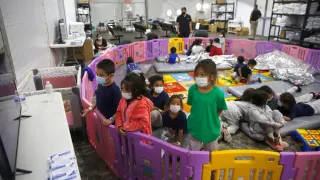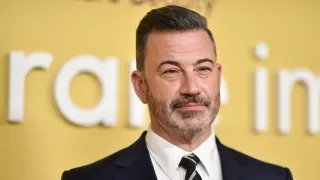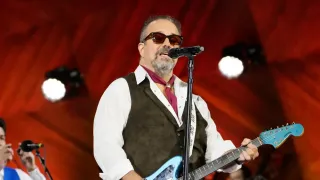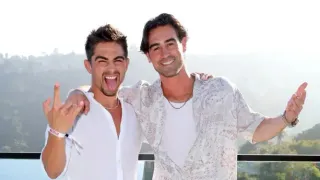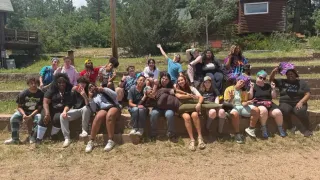July 19, 2024
Netflix's 'The Boyfriend' Shows the Kinder Side of LGBTQ+ Reality Show Dating
Timothy Rawles READ TIME: 4 MIN.
American television was the first to coin the phrase "trash TV," or rather it was bestowed upon us by some hoity-toity highbrow intellectual. It was never a label to be proud of and has since turned from a punched-down signifier to a contemporary formula for small-screen gold.
The sparsely filled watering hole within this expansive catalog is LGBTQ+ reality TV dating shows. One of the first examples was "A Shot at Love with Tia Tequila." Despite the clever name, MTV started using the formula as a gimmick that was so offensive GLAAD should have filed a class-action lawsuit against MTV on behalf of the entire LGBTQ+ community.
In "A Shot at Love," 16 heterosexual men and 16 lesbian contestants hoping to date the personality were sequestered to a mansion not knowing she was bisexual, and would be dating people from both pools, eliminating those who lacked chemistry with her. The show premiered on MTV in 2007. It was such a success the network brought it back for a second season. In 2018 Tequila, now a born-again Christian, said it was all a hoax and she wasn't bisexual at all, she only did it for the money and the entire experience was "disgusting."
As you can see, the thrill of these types of shows is the on and off-screen drama. They seem to cast a few problematic people on purpose to cause havoc among the tribe. Viewers want to see conflict, and producers want to see ratings. It's symbiotic.
That's what makes Netflix's new gay dating Japanese reality show "The Boyfriend" so refreshing. It's less confrontational and more conversational. The men in this show are a product of their culture which may make them more conservative, but that's OK because, unlike other shows in this genre, we aren't constantly consuming information about their sex life, or listening to pithy retorts that do nothing but raise red flags. It's as entertaining as it is exhausting and doesn't truly reflect how gay relationships work.
Although, sadly, the guys in "The Boyfriend" might not enjoy all the LGBTQ+ freedoms we do in the U.S., it's still nice to see that television can make a space for them to encourage positive change. It also has the honor of being Japan's first-ever gay dating reality show.
Meanwhile, in the West, gay dating reality shows continue to expose the worst in people. For instance, Netflix's "The Ultimatum: Queer Love" aired in 2023 and two cast members, Lexi Goldberg and Vanessa Papa, verbally sparred because the former thought the latter wasn't taking the show seriously enough. It was an icy introduction that soured before the show even began.
